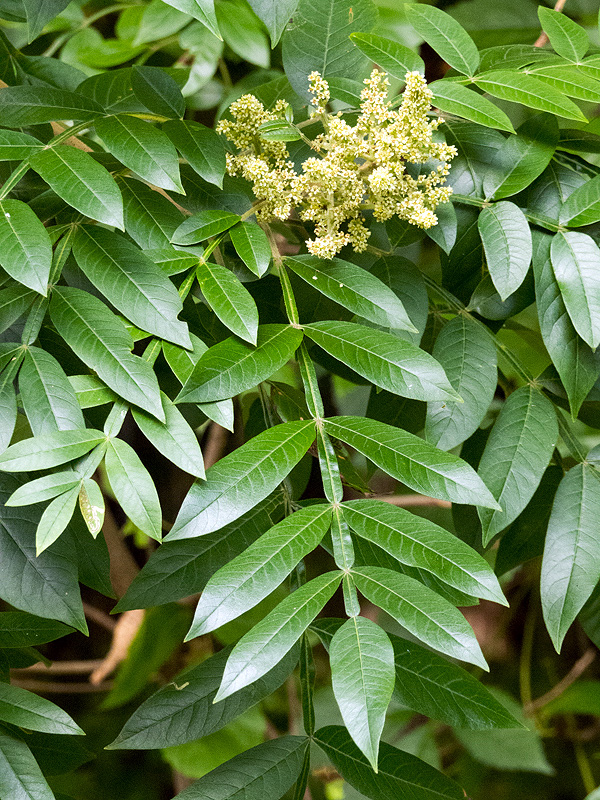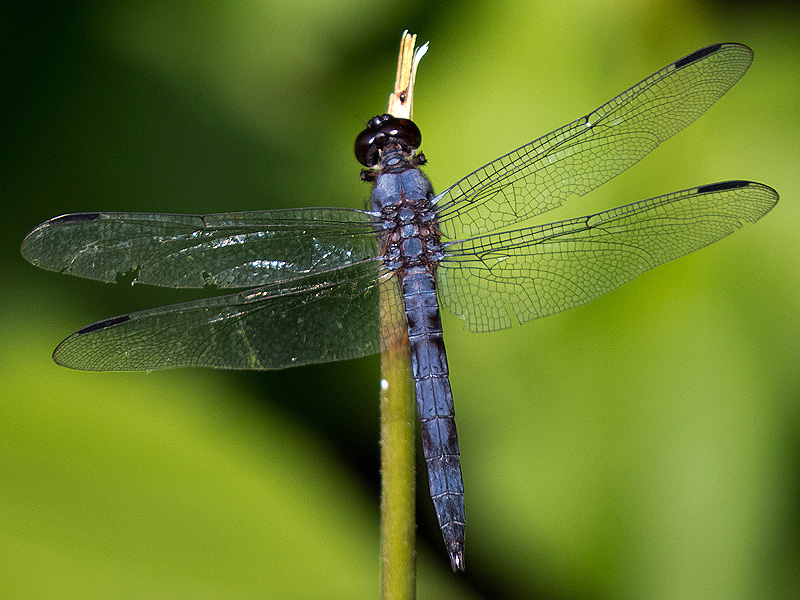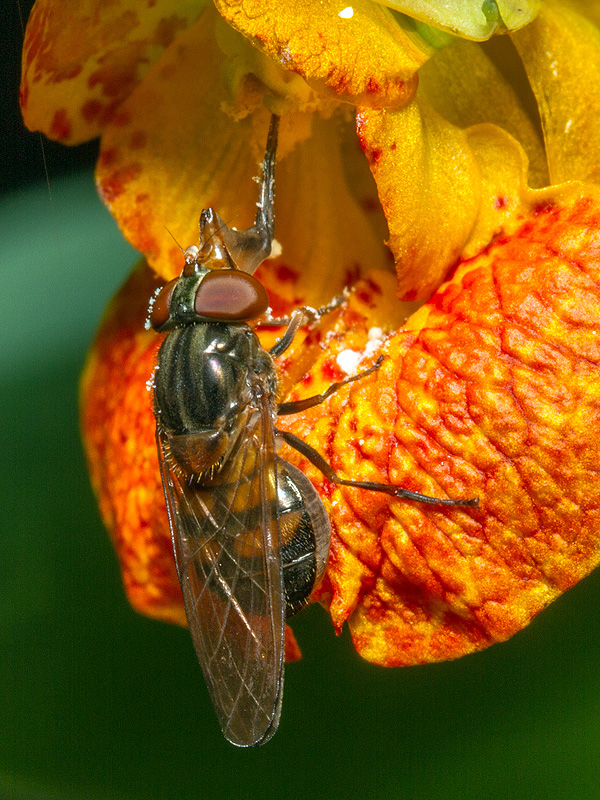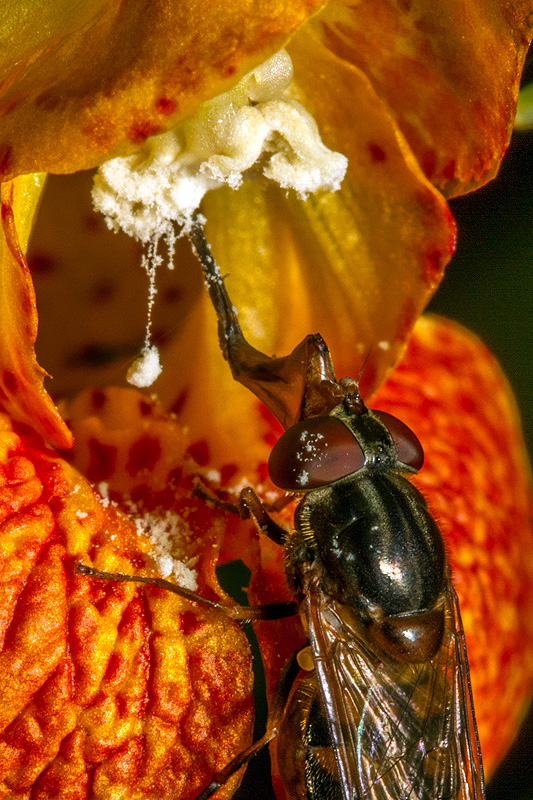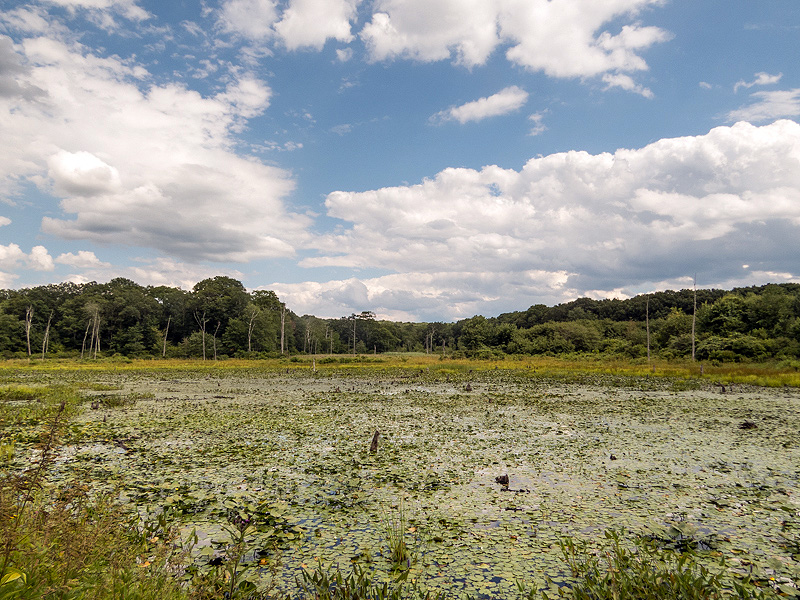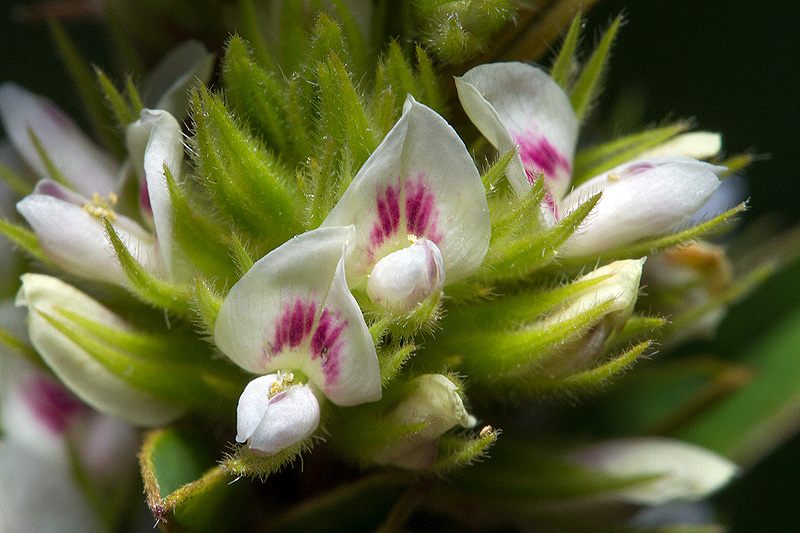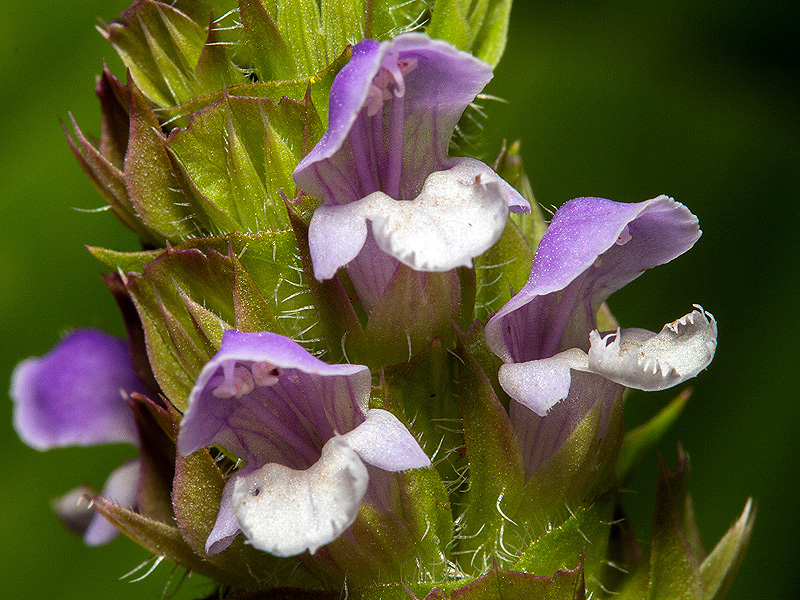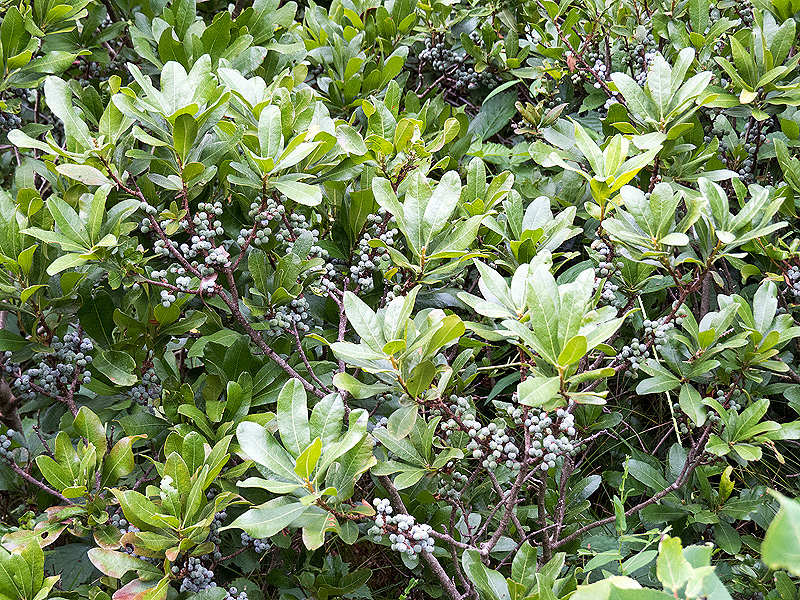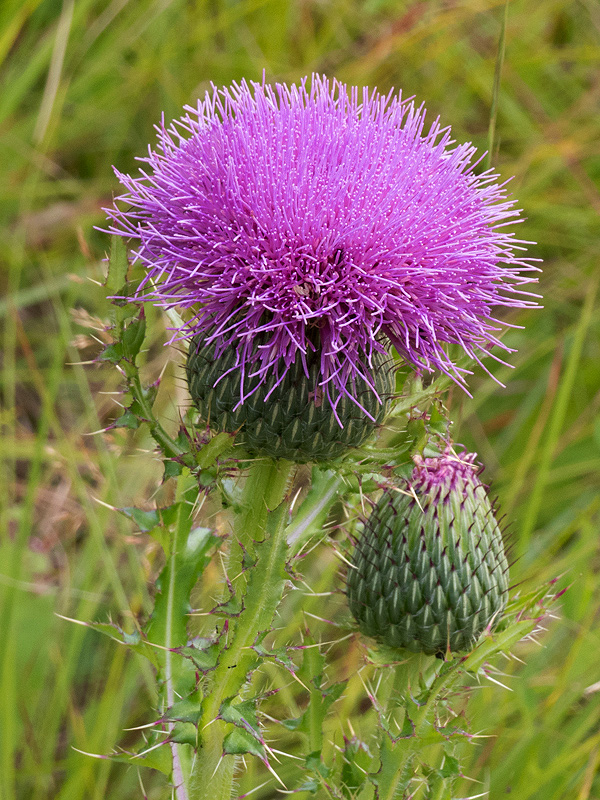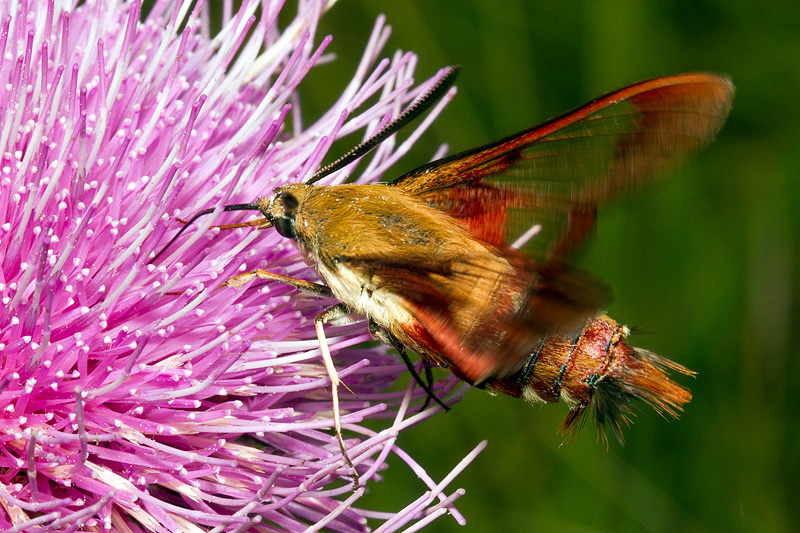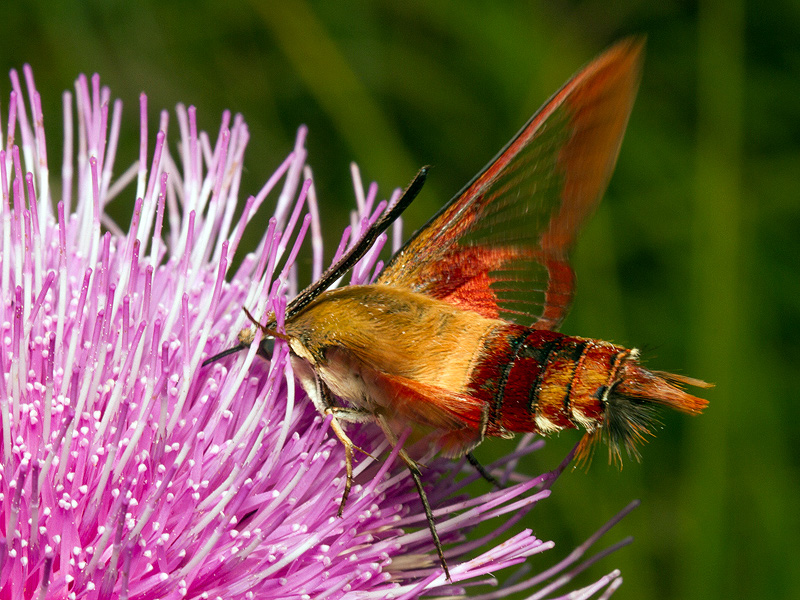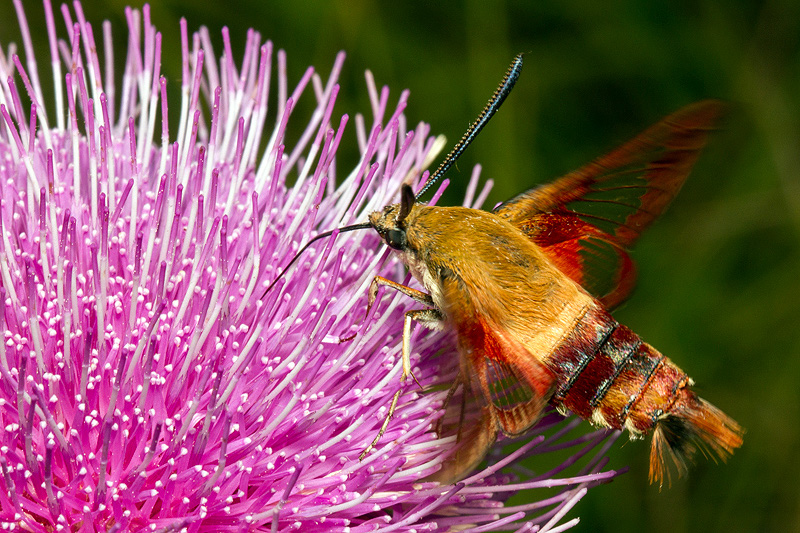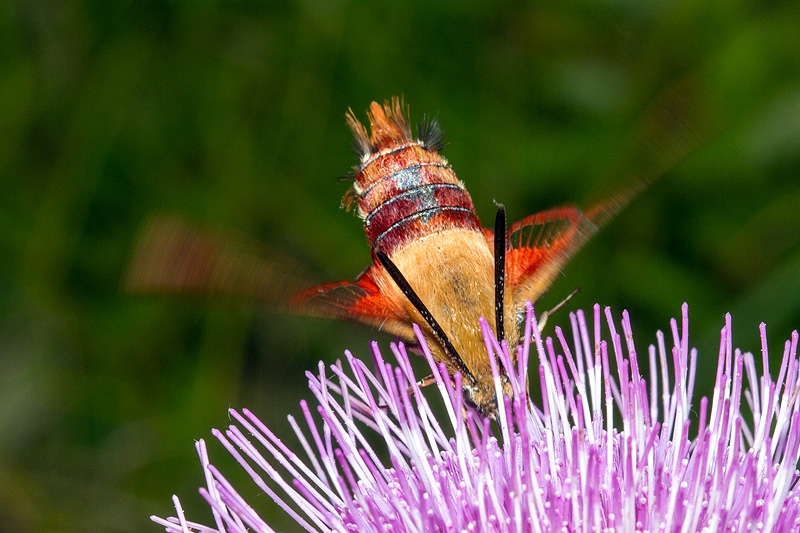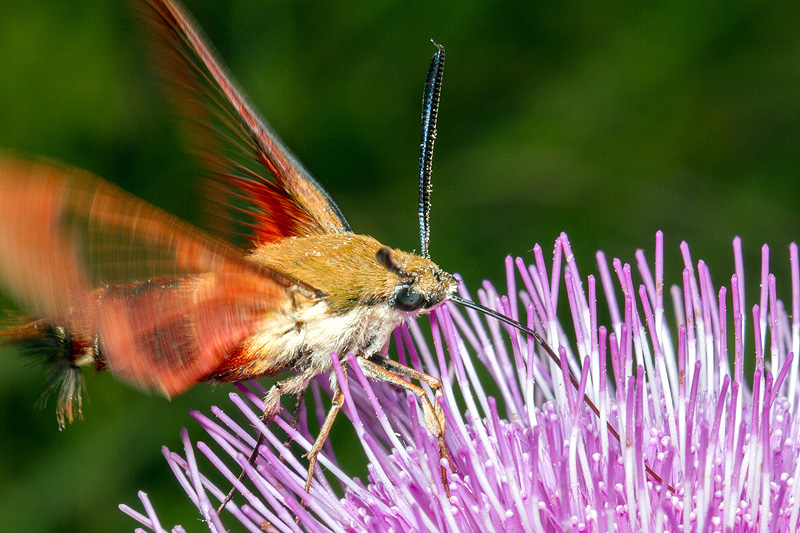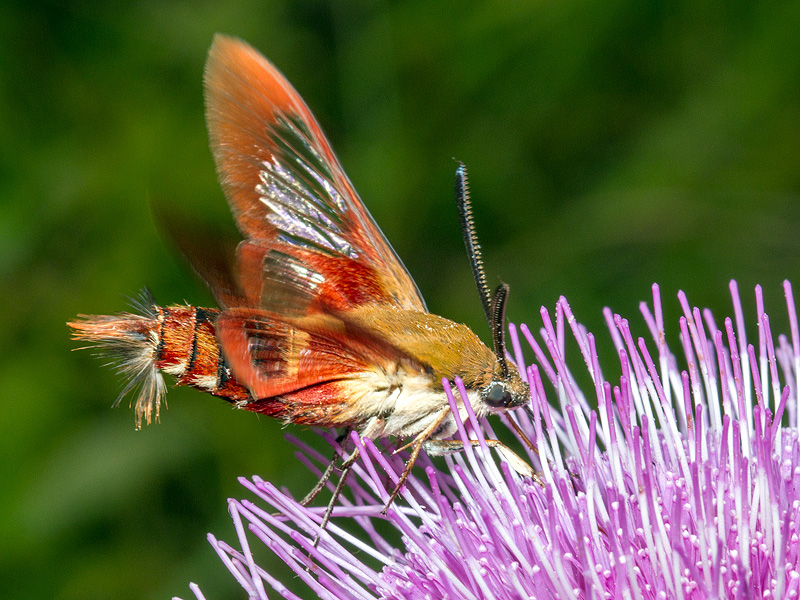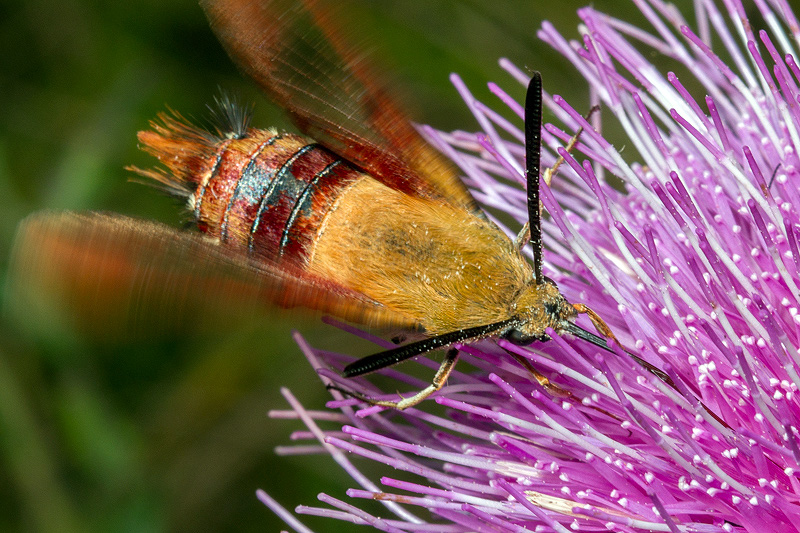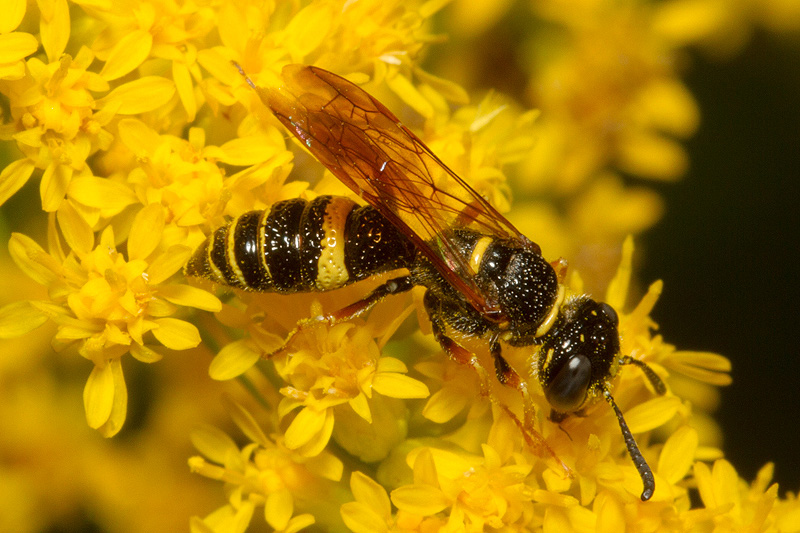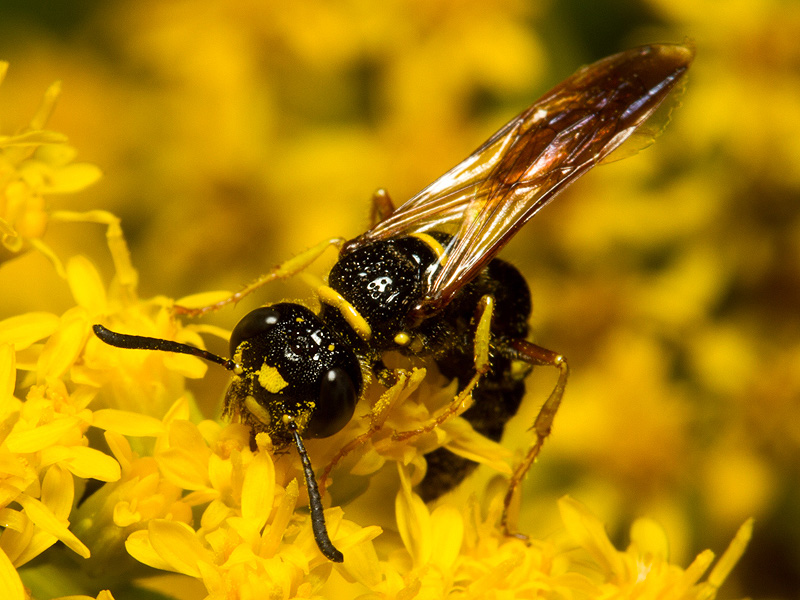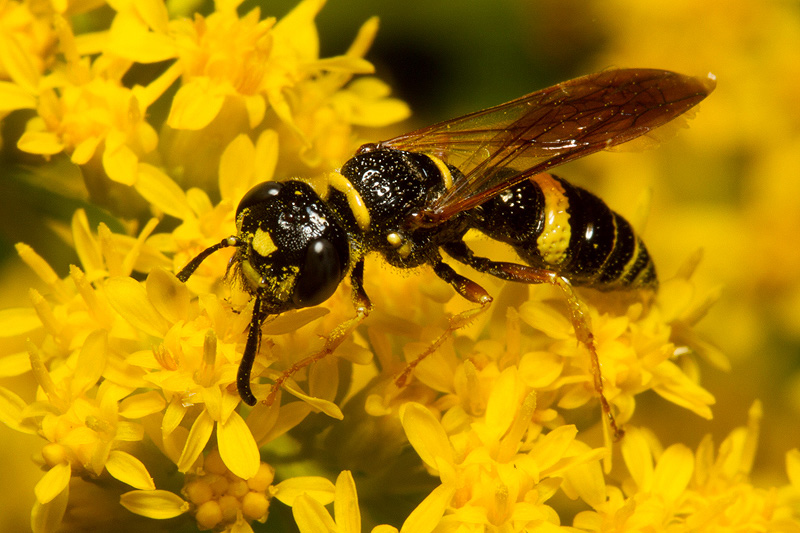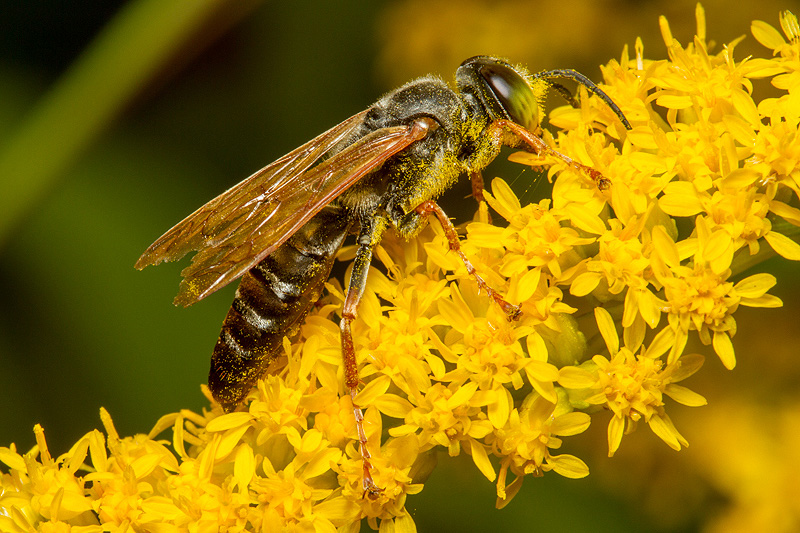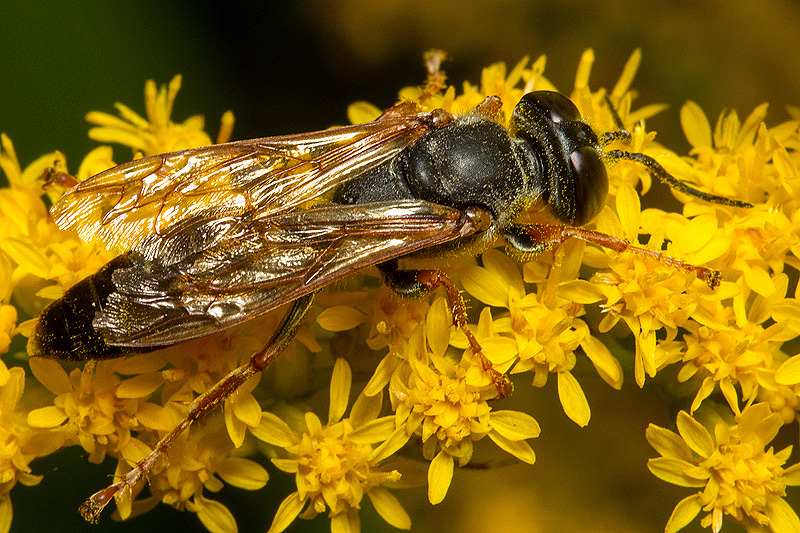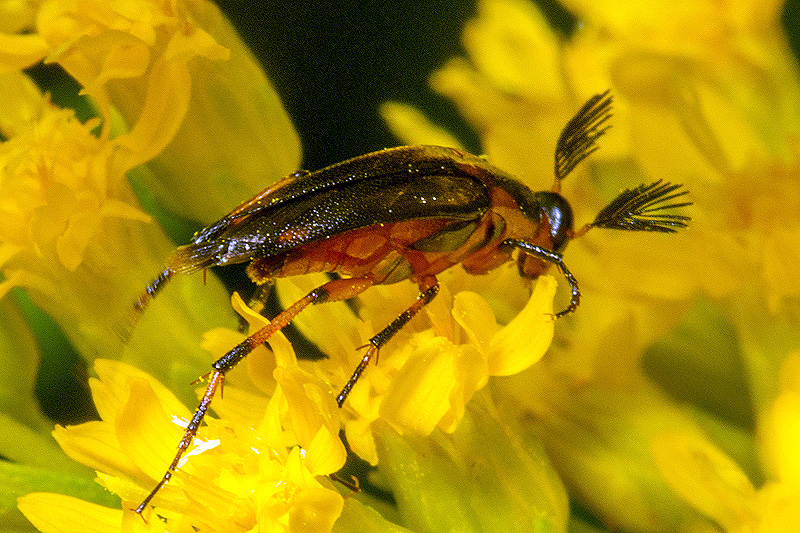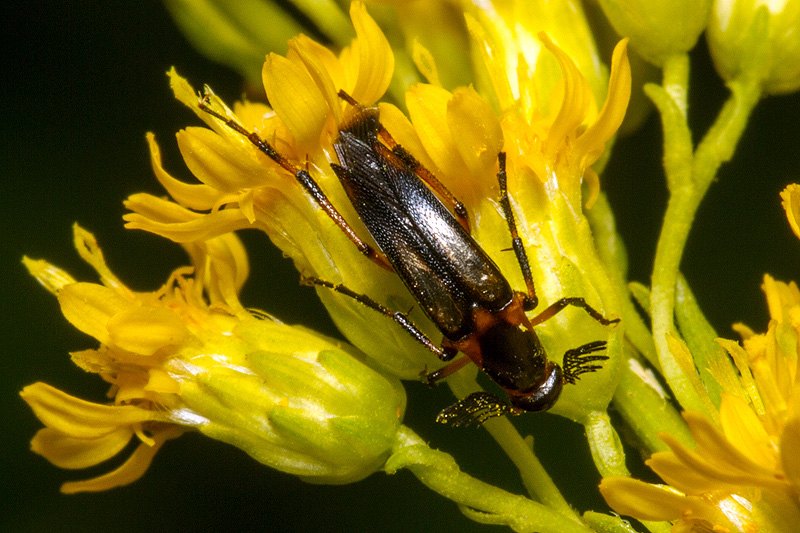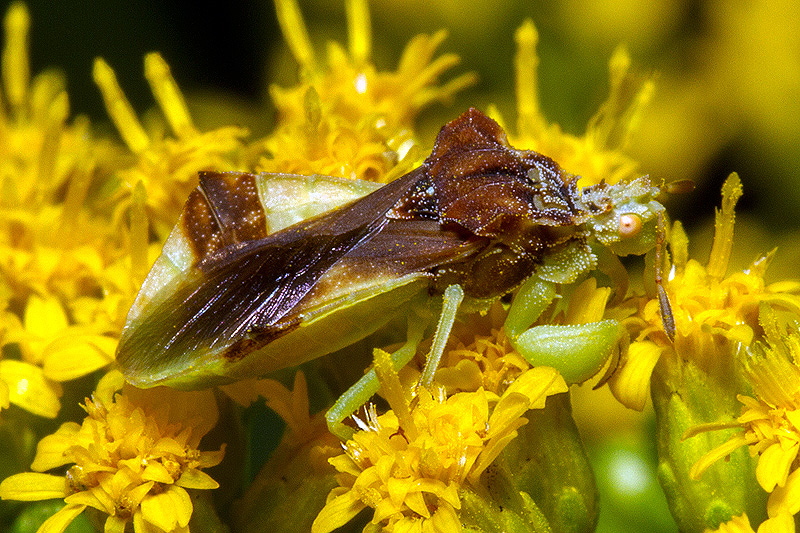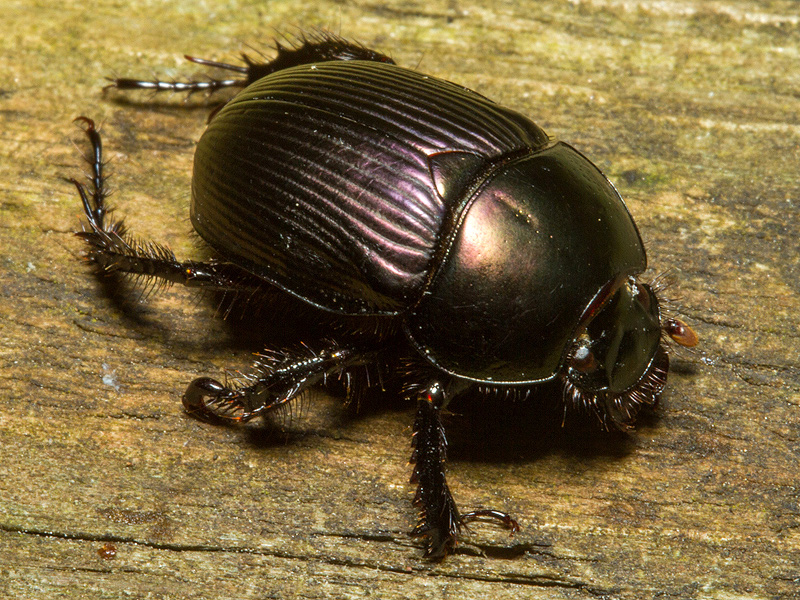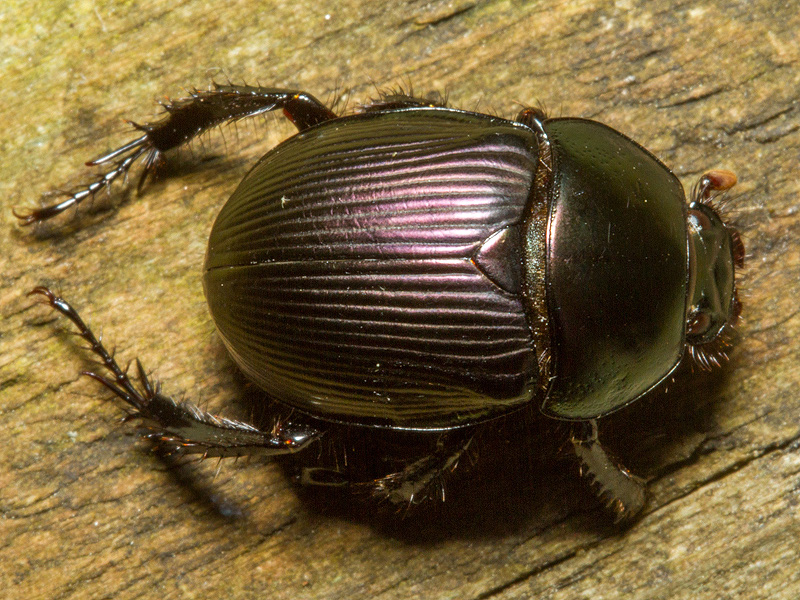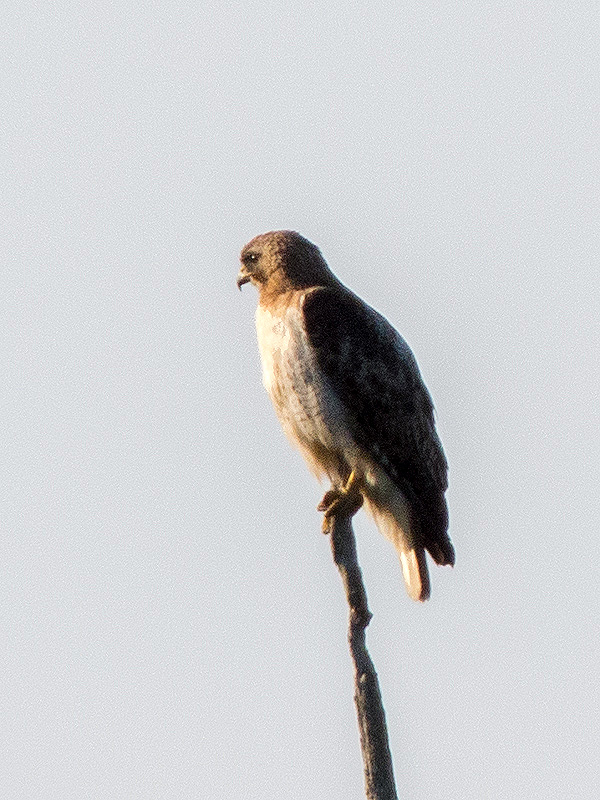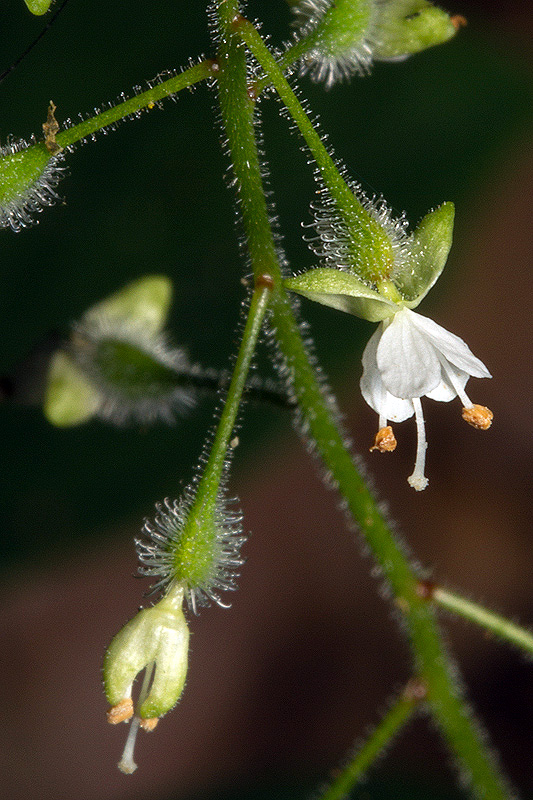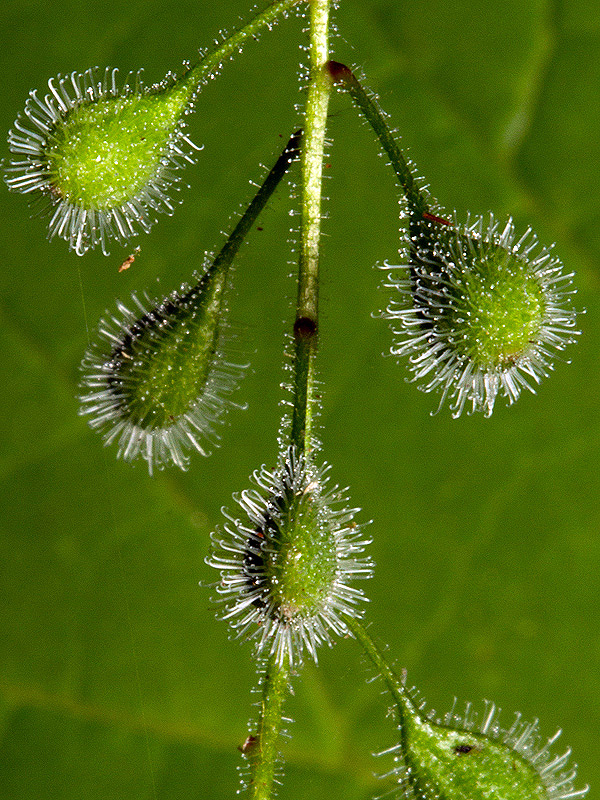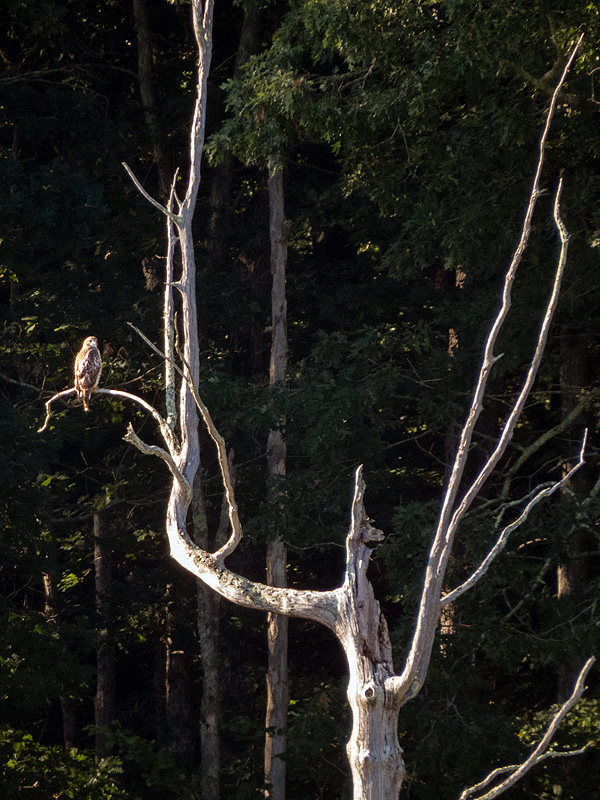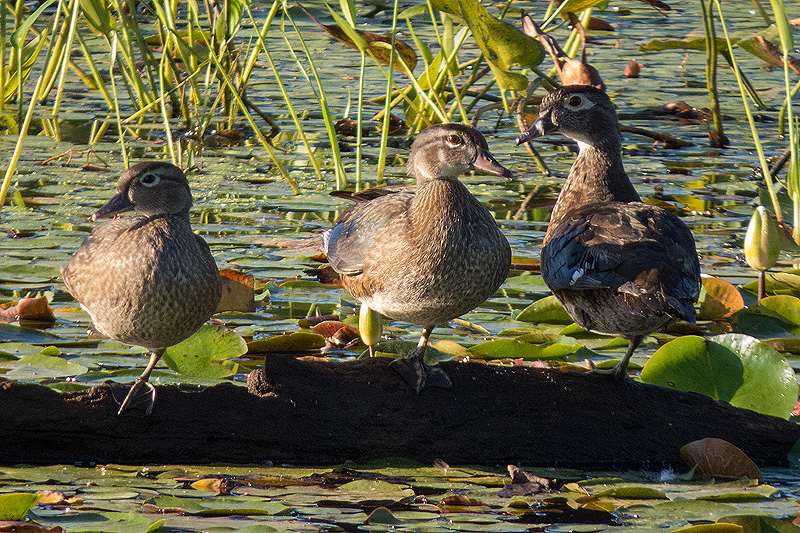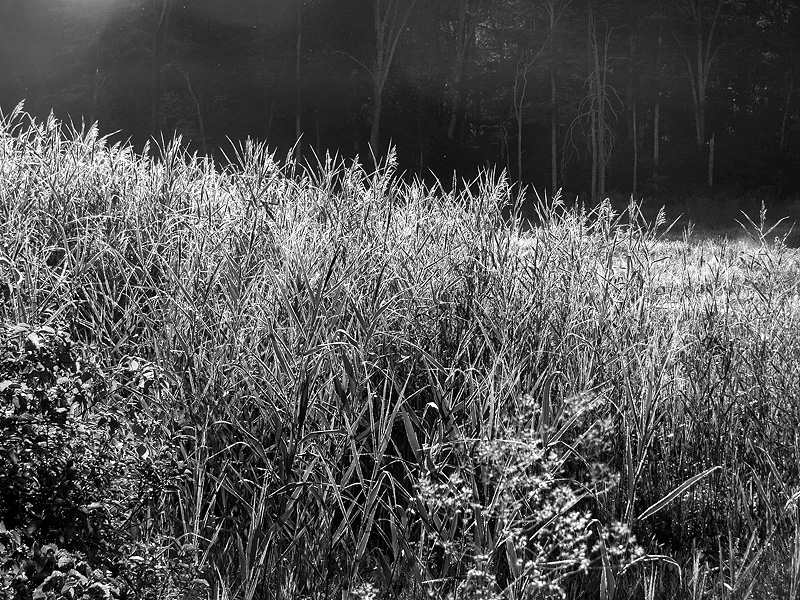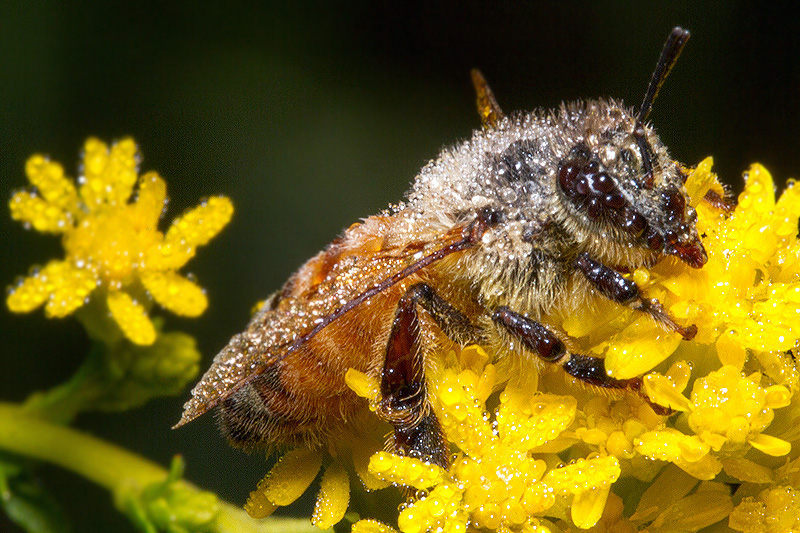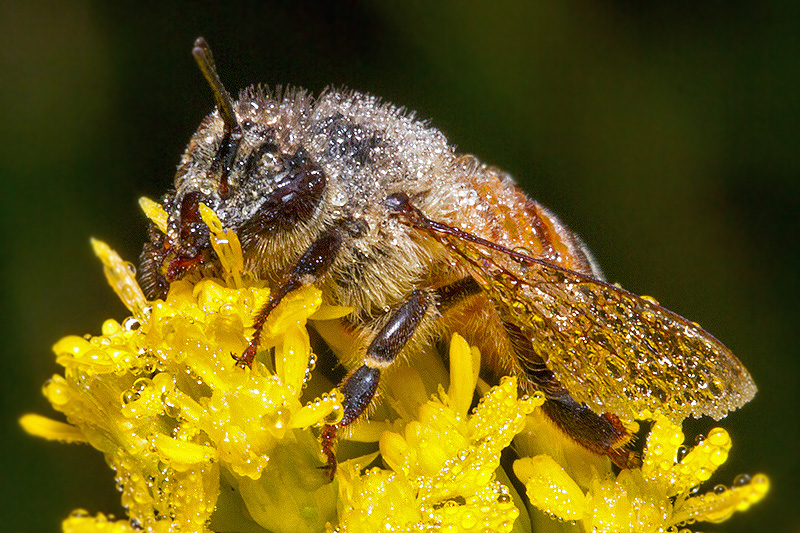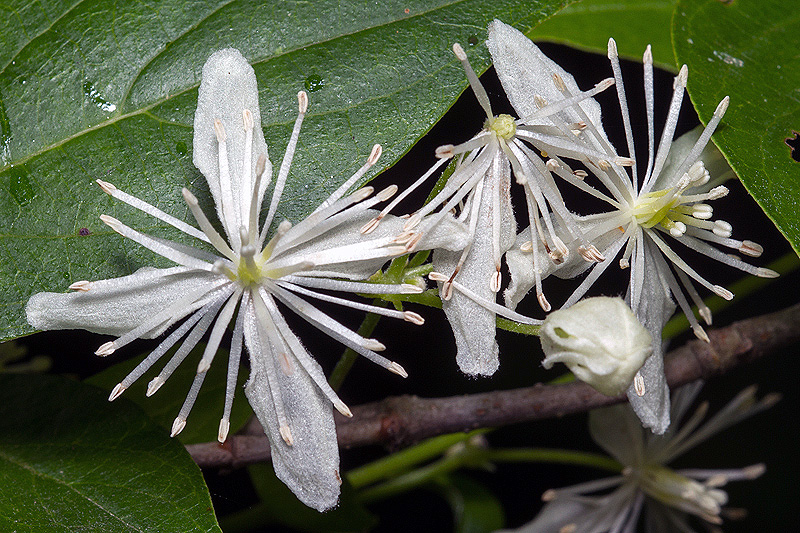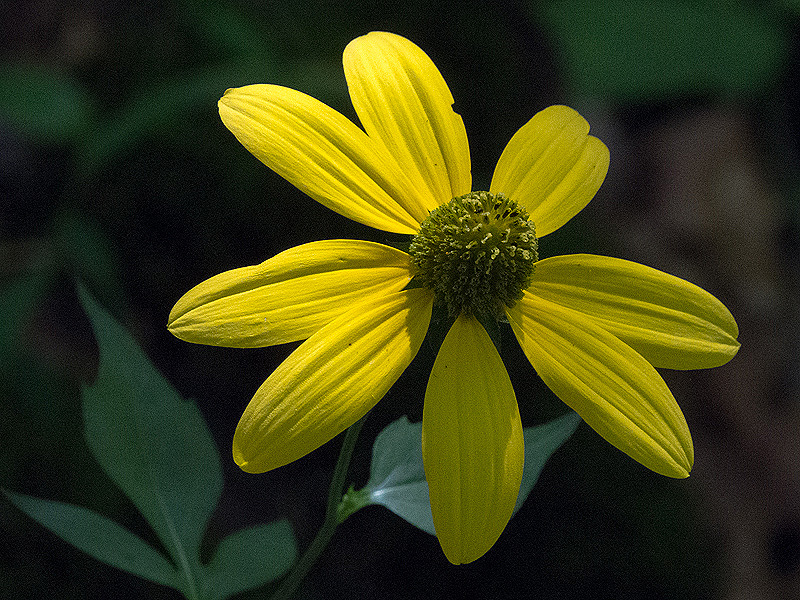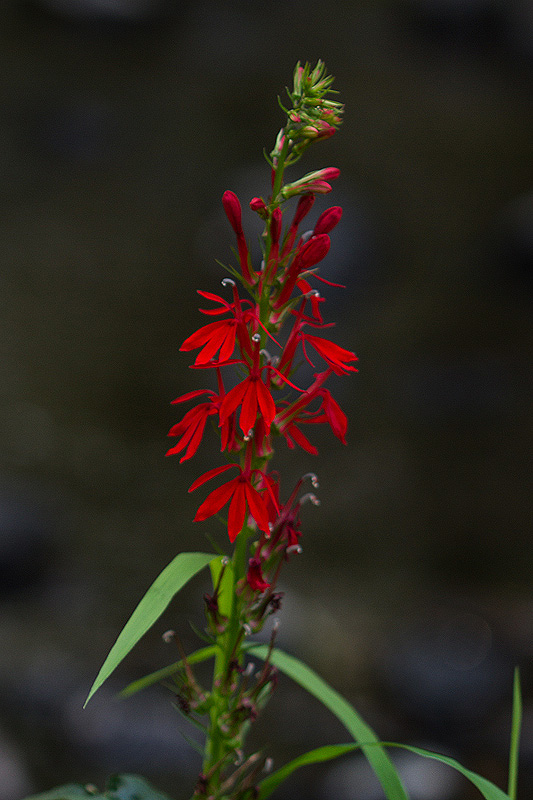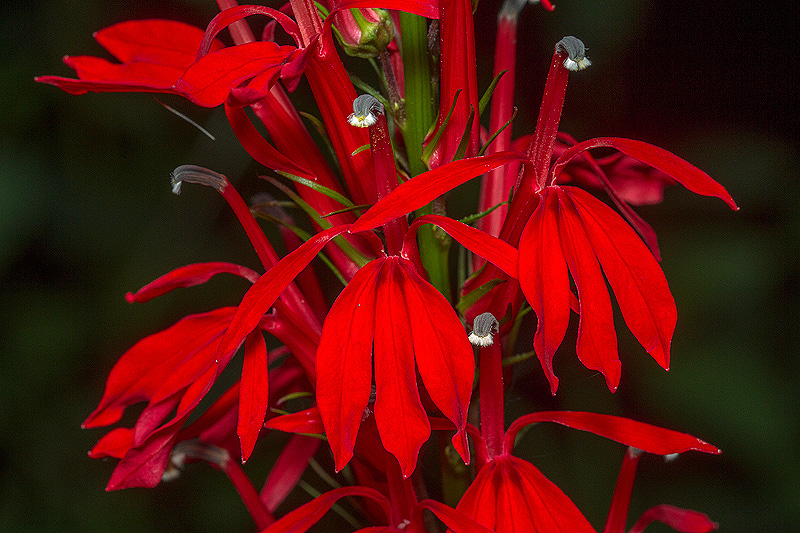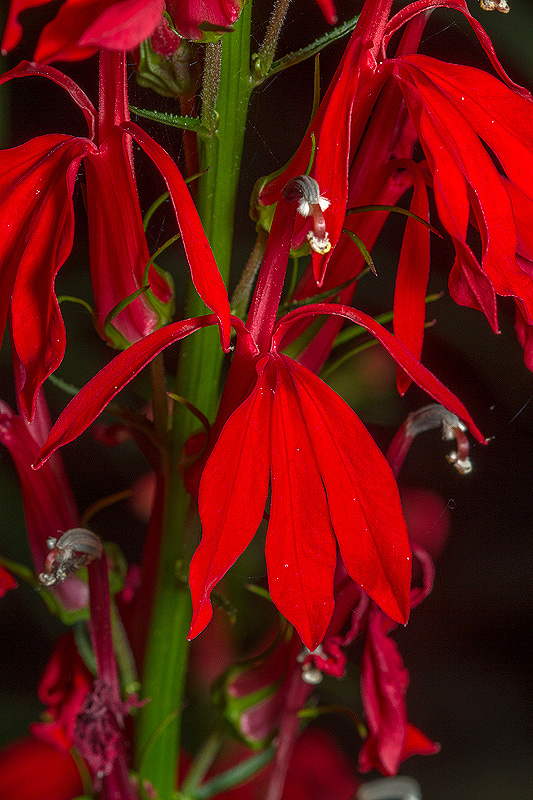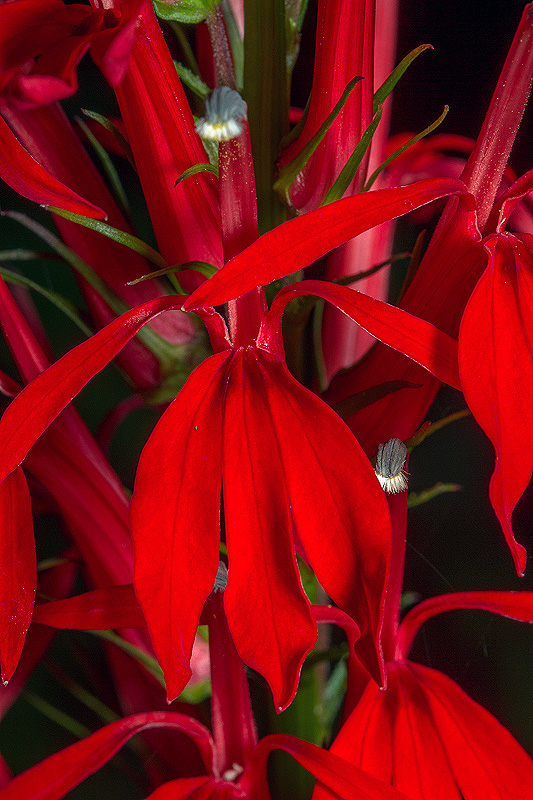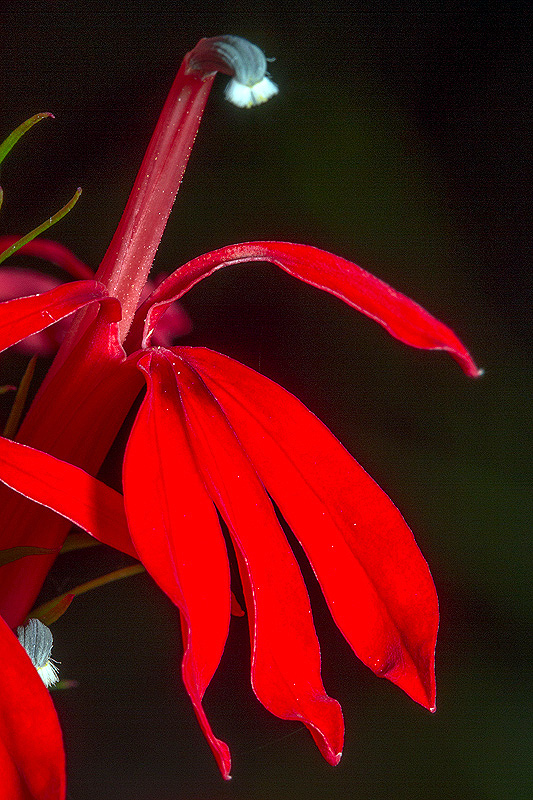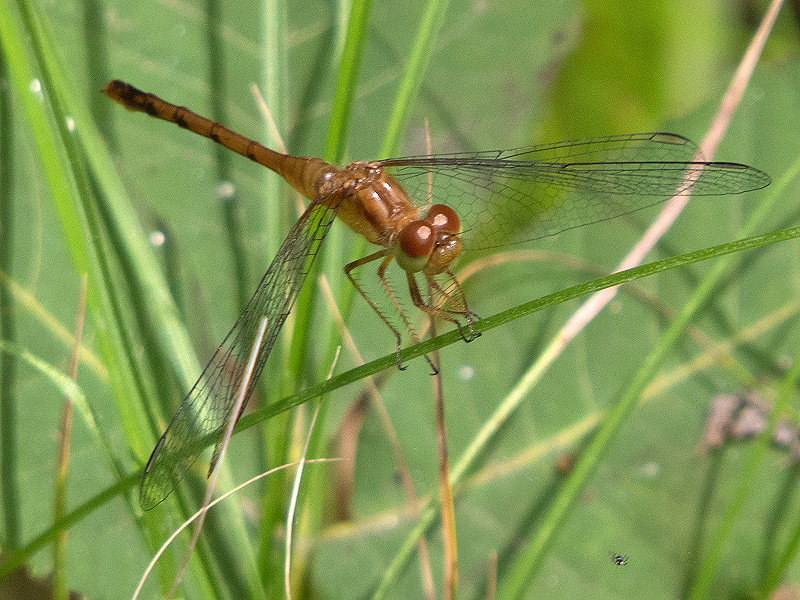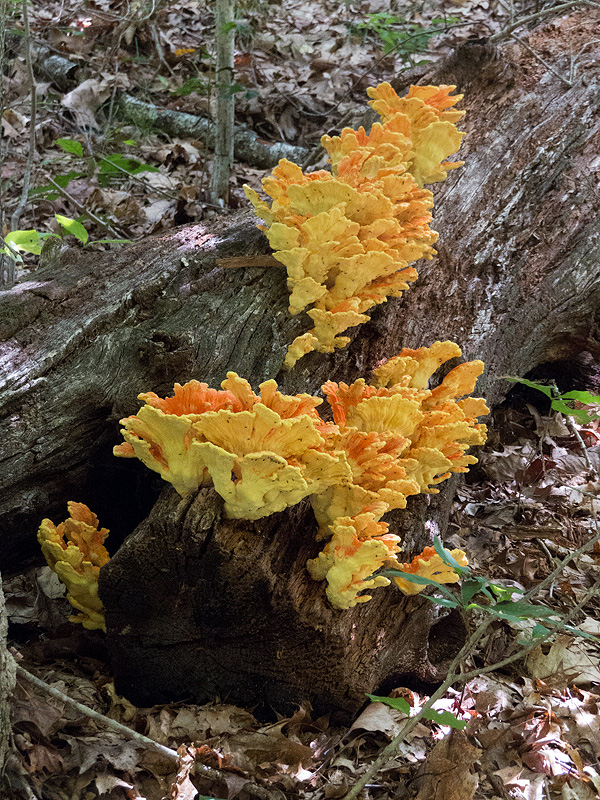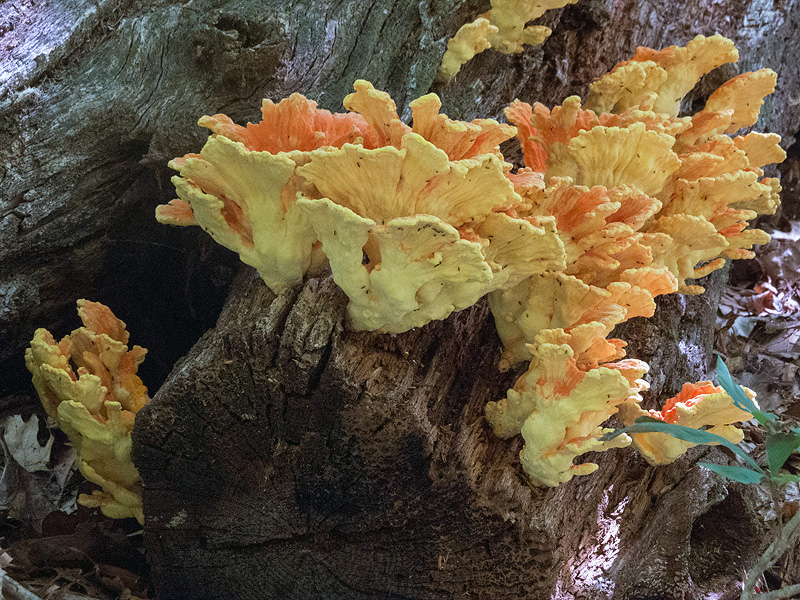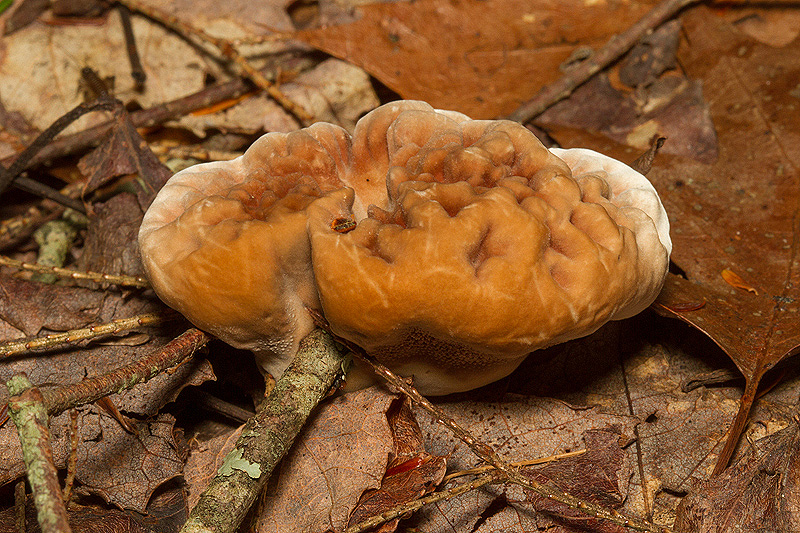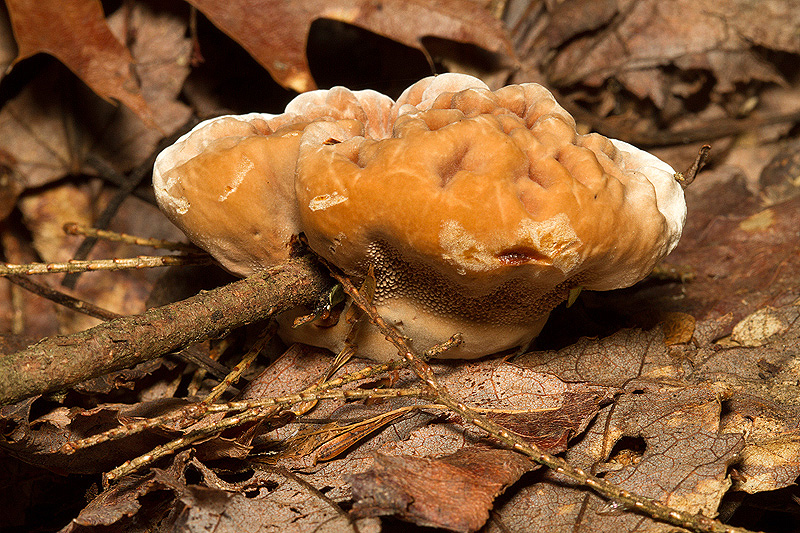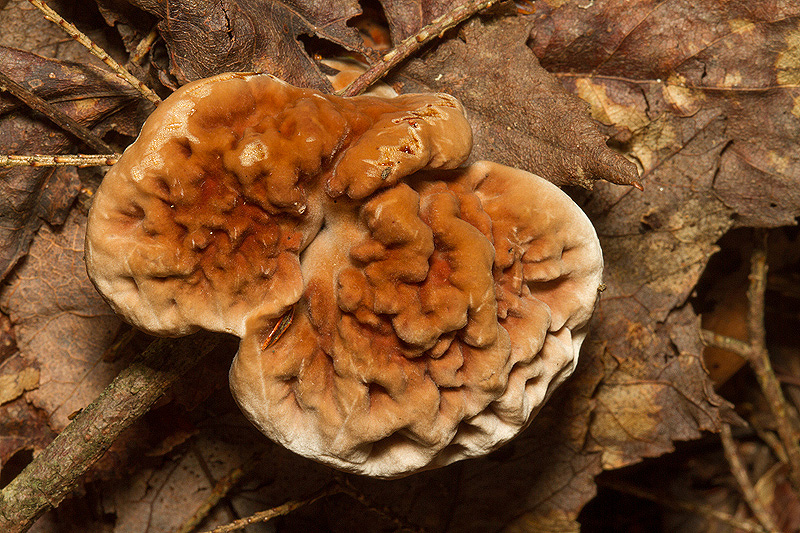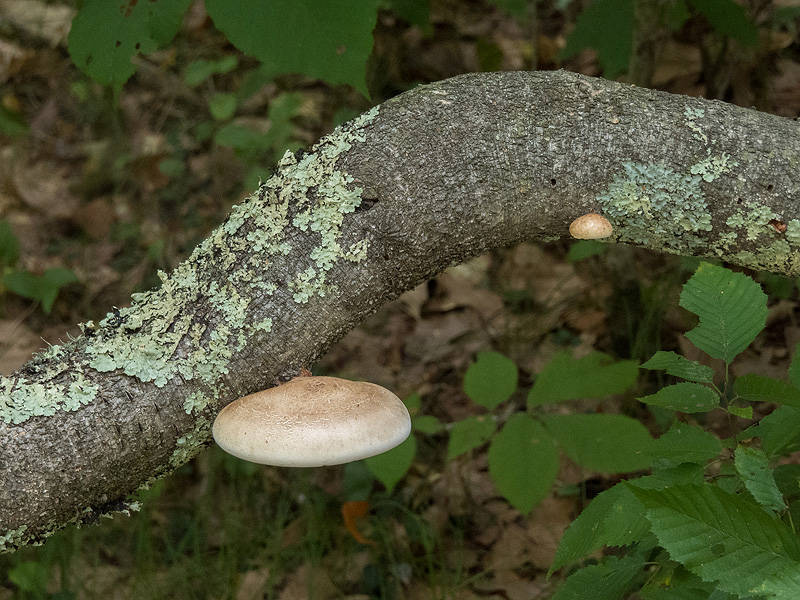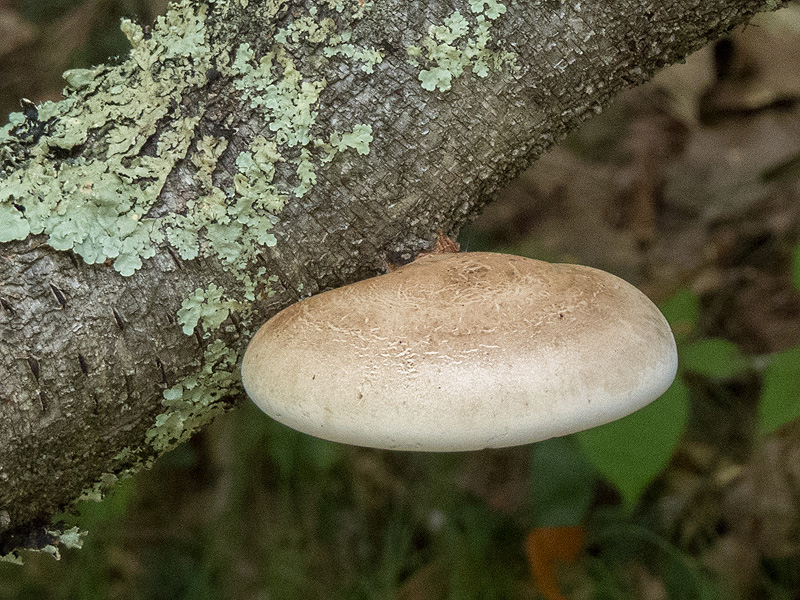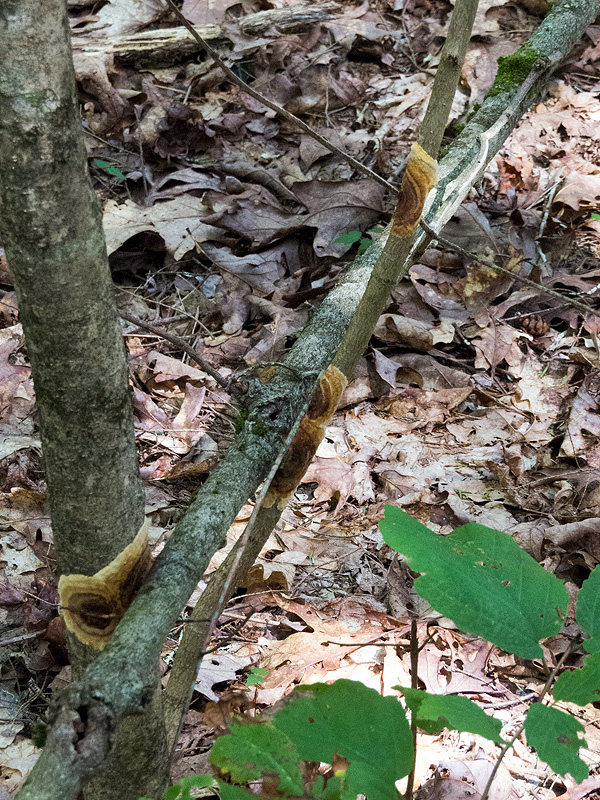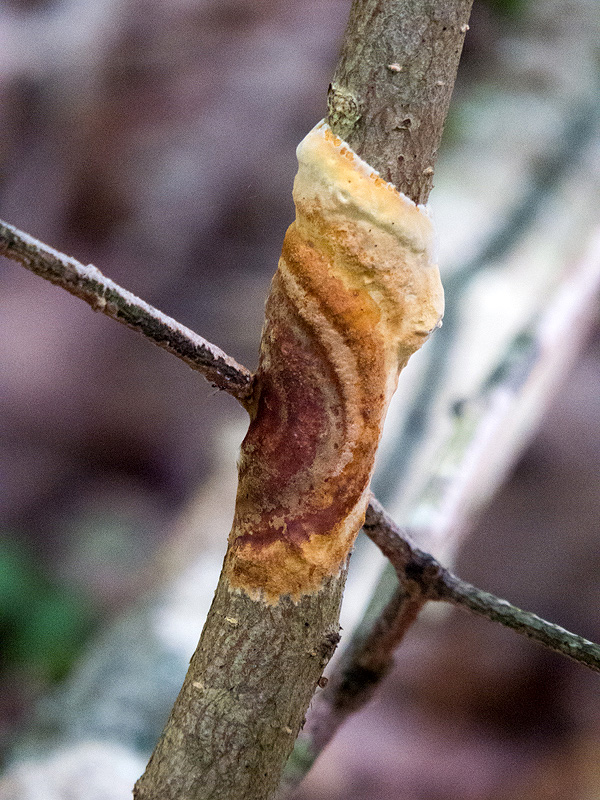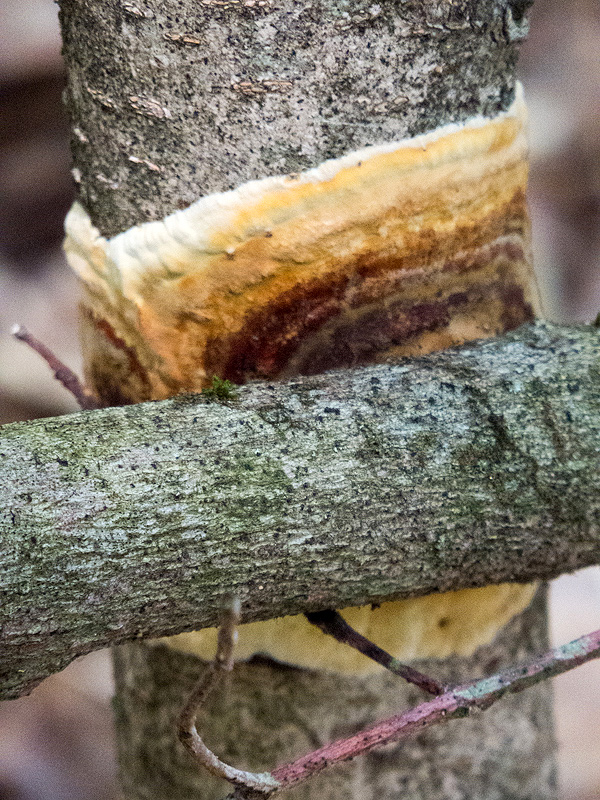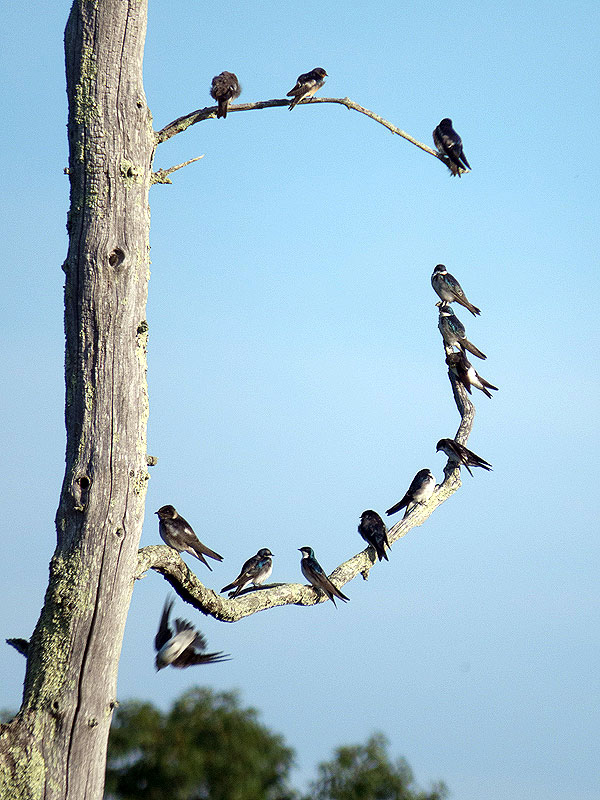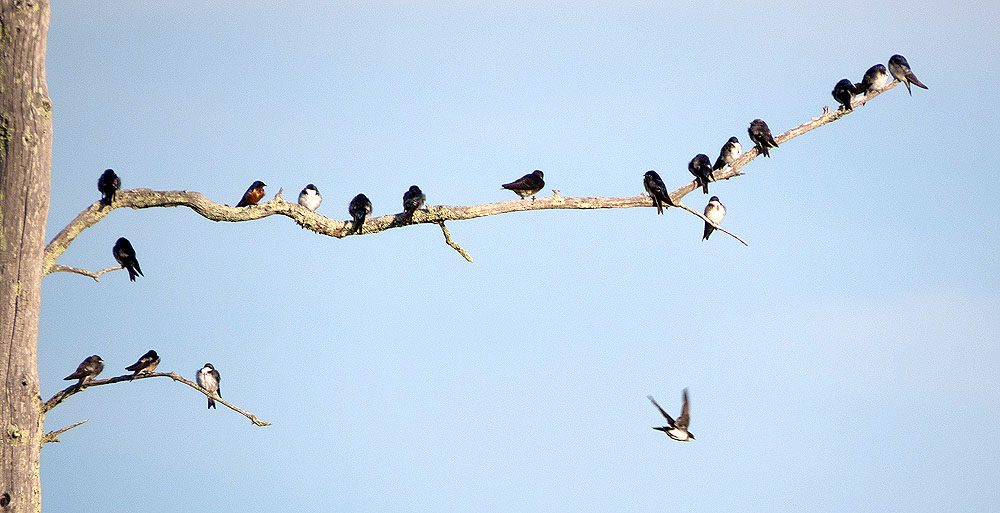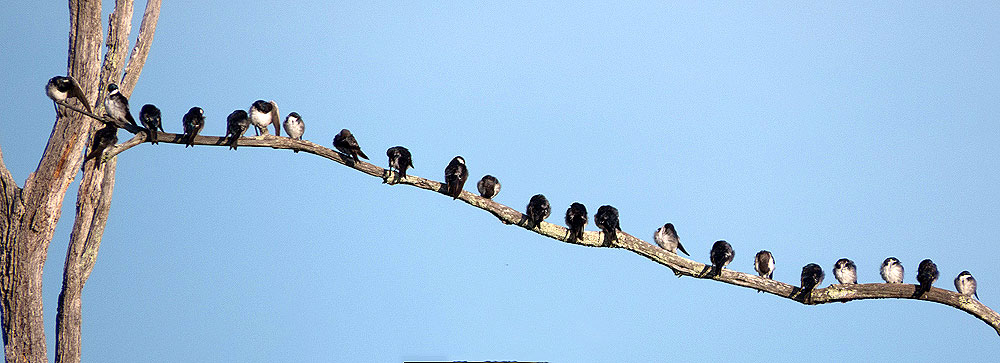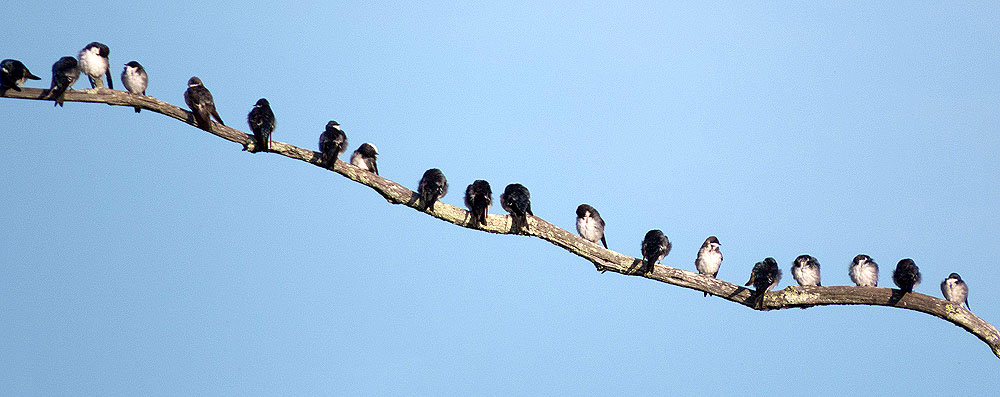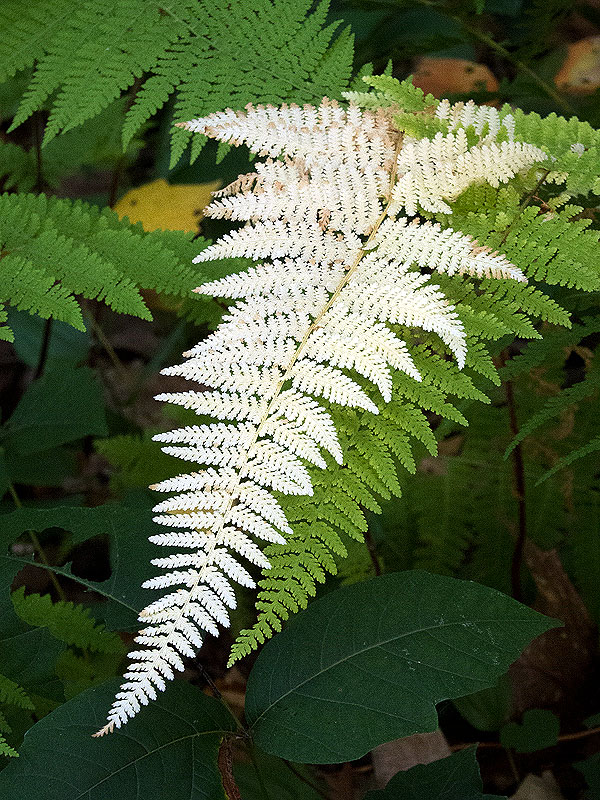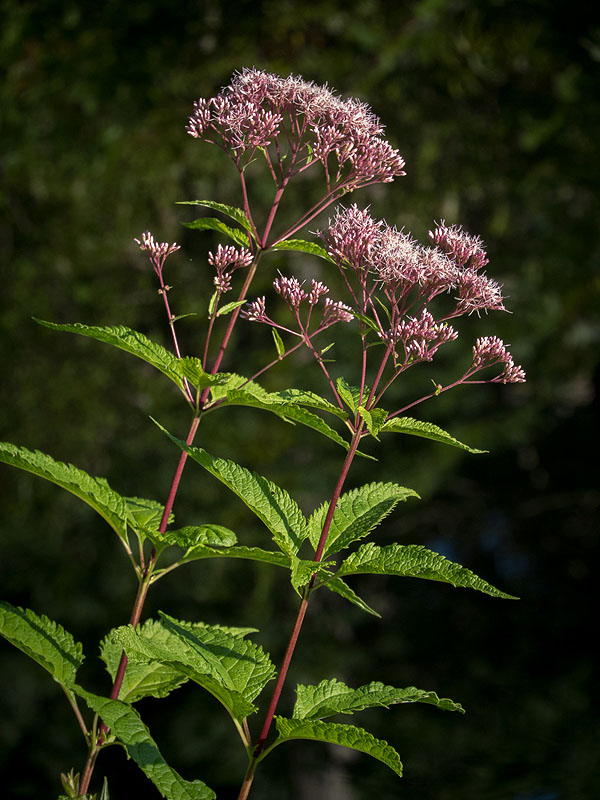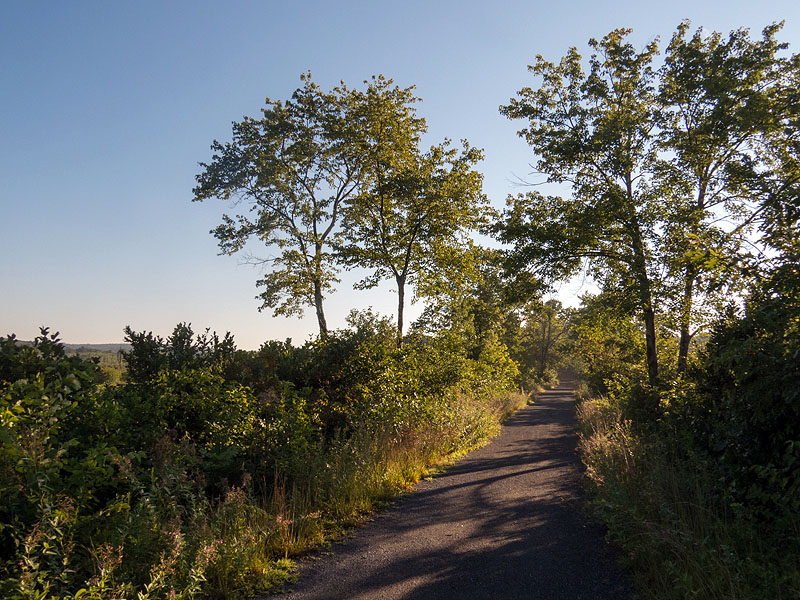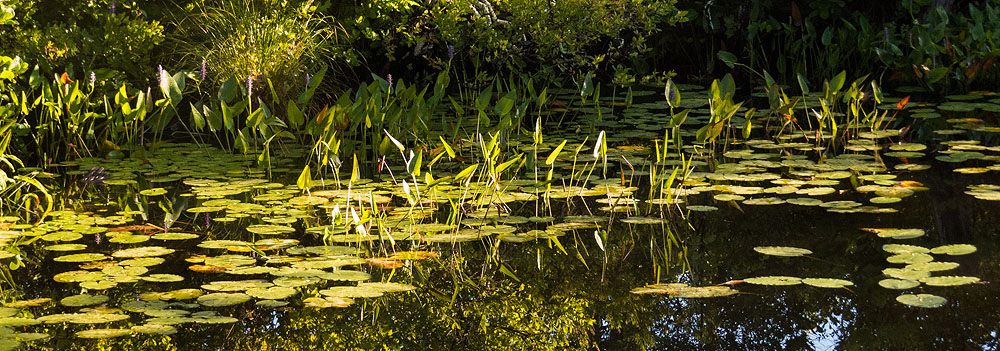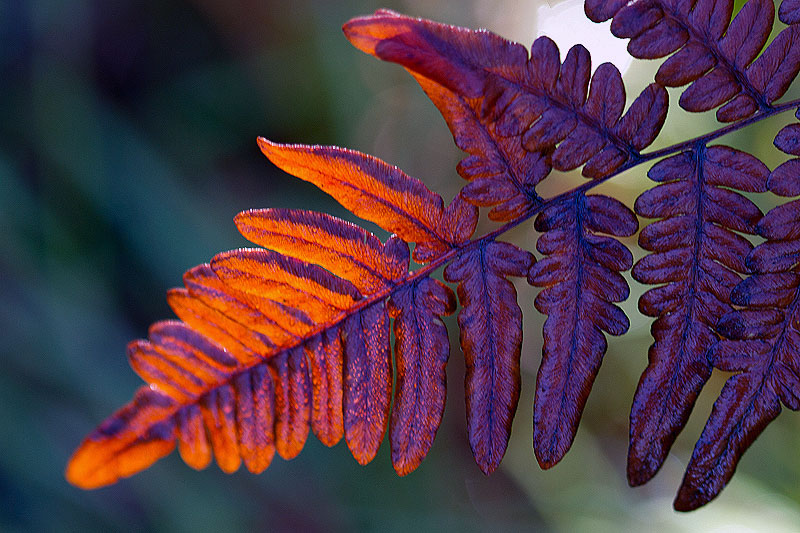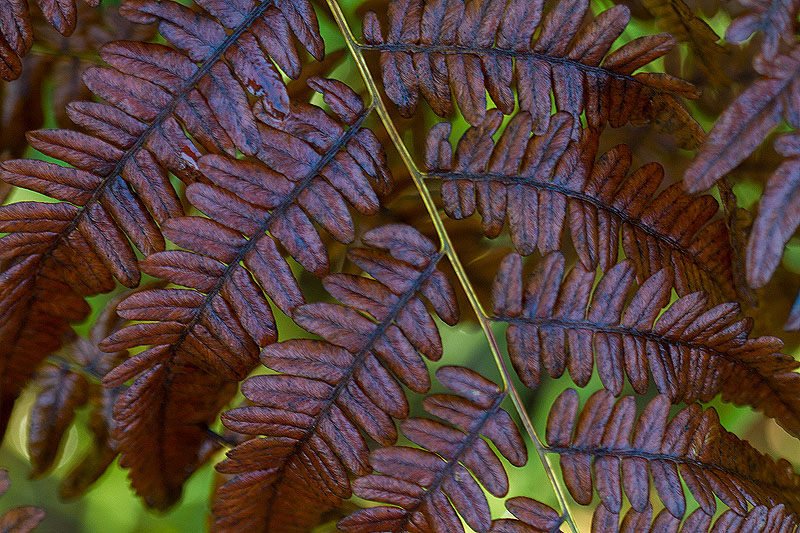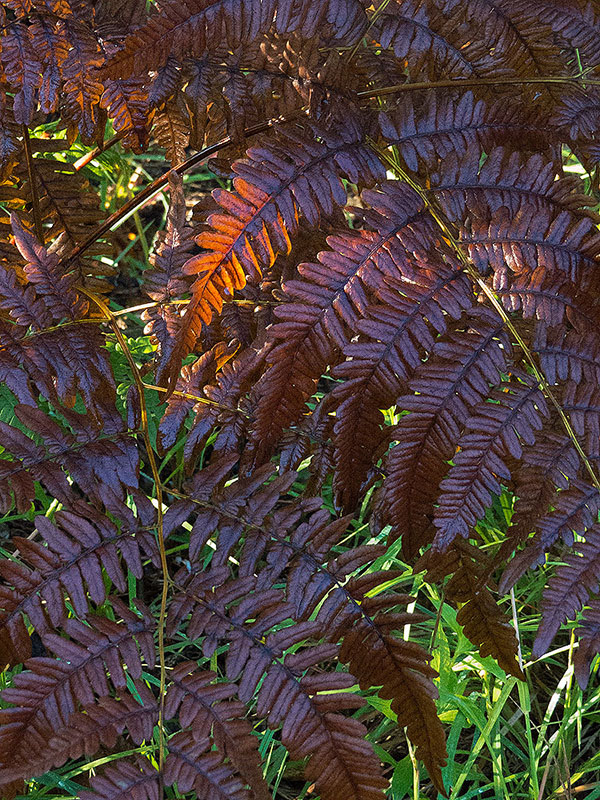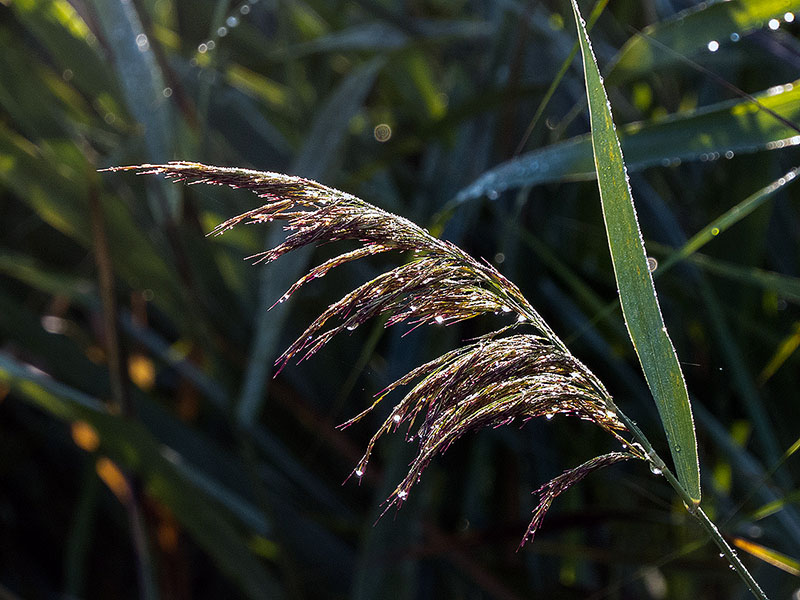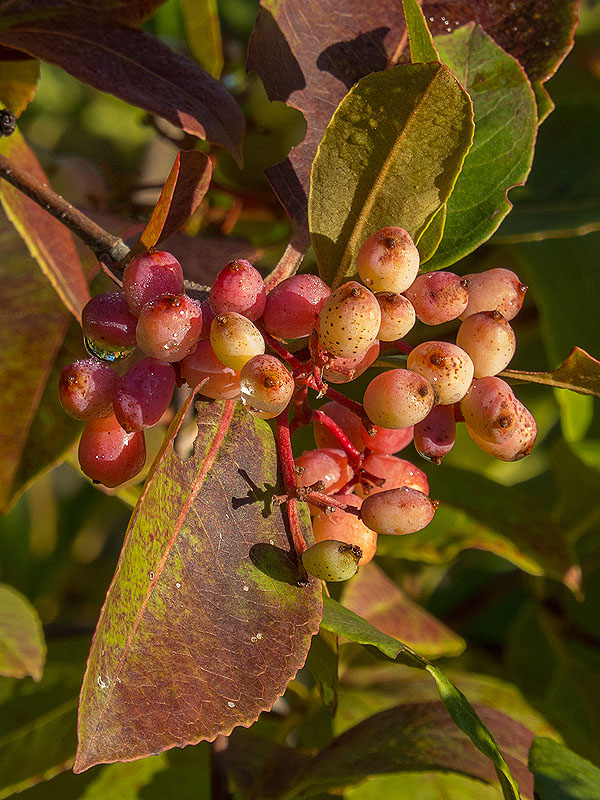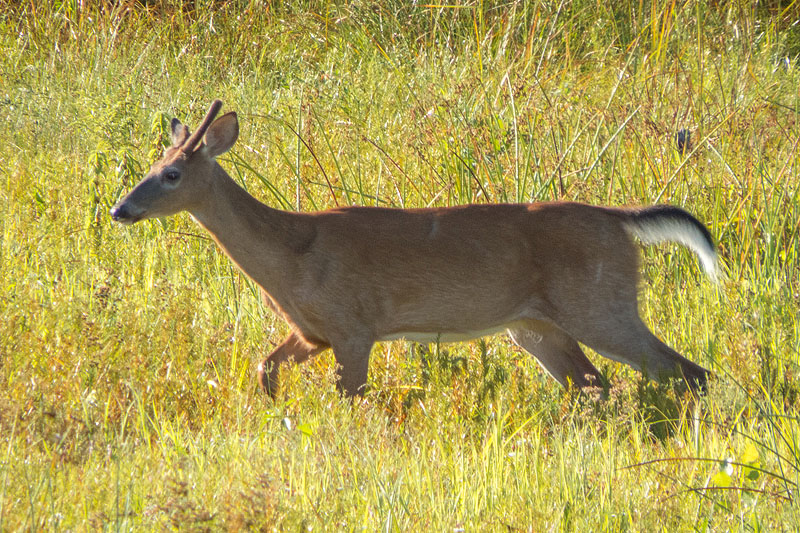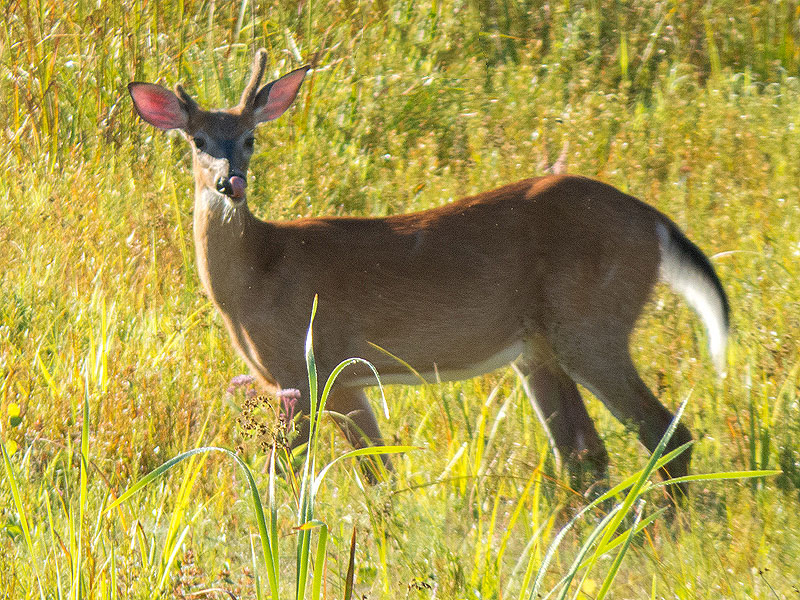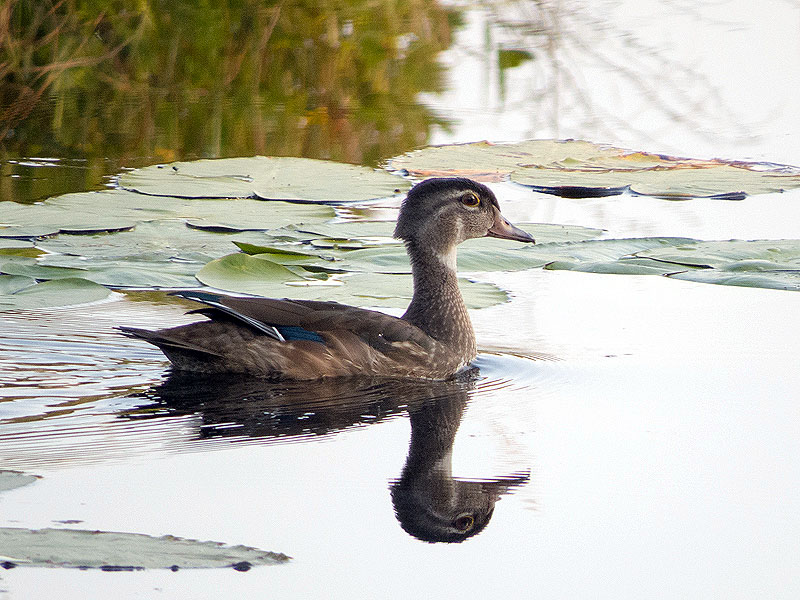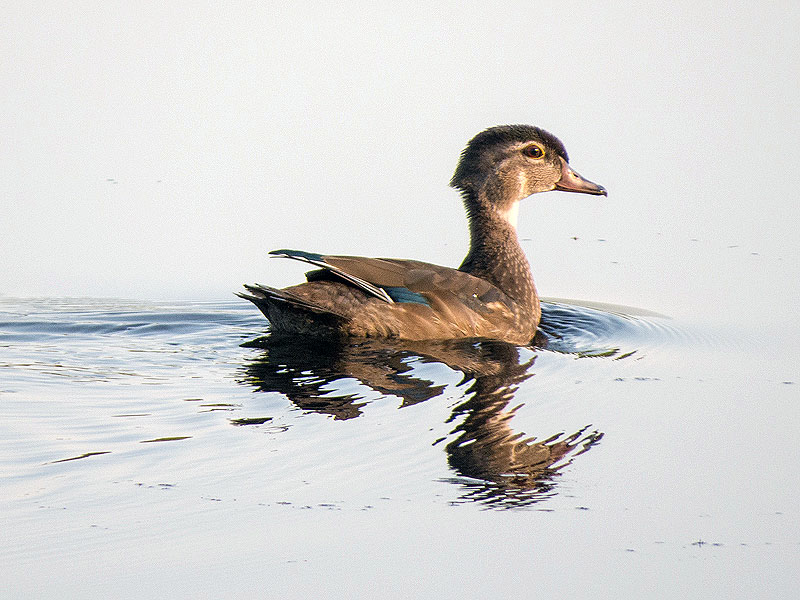Along the Air Line... 2015 - Summer, Part 8 The Air Line Trail in Eastern Connecticut - Stan Malcolm Photos |
mHome Page Stan's FlickR Albums |
August 5th. Winged Sumac (Rhus copallina), the only individual I know of on the trail. It's right behind Juliano Pools near Route 85. |
Slaty Skimmer dragonfly (Libellula incesta). |
A female Syrphid Flower Fly (Rhingia nasica) on Touch-me-not (Impatiens capensis). While it takes both pollen and nectar from Touch-me-nots, it is not an effective pollinator. |
Incredible rostrum, a characteristic of the genus, In fact the Latin name roughly translates as "nosy nose". As in many flies, females have a space between the eyes at the top of the head. In males, the eyes meet at the top. |
August 5th. A beautiful summer afternoon at Raymond Brook Marsh. |
More blossoms open on the Round-headed Bush Clover (Lespedeza capitata) in the afternoon, versus my earlier morning photos. |
Selfheal (Prunella vulgaris). |
I stopped at was once a meadow downstream from Grayville Falls. Overgrown now, in part by Northern Bayberry (Myrica pensylvsnica). |
I also found a number of large Pasture Thistles (Circium pumilum) in bloom. |
|
The thistles were being visited by a Hummingbird Clearwing sphinx moth (Hemaris thysbe). |
|
|
|
|
|
|
I think this is a Digger Wasp (Family Crabronidae). |
|
|
Family Crabronidae, Tachytes sp. - possibly T. guatemalensis, with thanks to the good folks at BugGuide.net for the ID. |
|
A Ripiphorid beetle (Family Ripiphoridae, Macrosiagon limbata). |
|
Ambush Bug (Phymata sp.). |
August 6th. Earth-boring Dung Beetle (Geotrupes splendidus). Metallic purple specimens are less common than the typical metallic green variety. |
|
August 7th. Looks like a Red-tailed Hawk (Buteo jamaicensis) far across the marsh. |
Enchanter's-Nightshade (Circaea lutetiana). Miniscule flowers give rise to... |
...fruits with nasty hooked spines that tightly embed in clothing and animal fur. |
August 8th. The same hawk as yesterday? |
Three (seemingly) one-legged Wood Ducks (Aix sponsa). |
Dew on Giant Reed Grass (Phragmites australis). |
Dew on a Honeybee (Apis mellifera) caught away from the hive overnight. |
|
Virgin's Bower or Wild Clematis (Clematis virginiana), a bit past its prime. |
Later in the morning, a walk from Grayville Road west to the Jeremy River bridge. A Sunflower but I'm not sure which one, so... Helianthus sp. |
Cardinal Flower (Lobelia cardinalis) at the junction of Judd Brook and the Jeremy River. |
|
|
|
|
A femle Meadowhawk dargonfly (Sympetrum sp.). |
Chicken Mushrooms (Laetiporus sulphureus), edible and choice. |
|
Looks like a False Morel (Gyromitra sp.); likely poisonous. |
|
|
Birch Polypore (Piptoporus betulinus). |
|
Thanks to Terry Stoleson, I now have an ID for this fungus. It's Hymenochaete agglutinans. Note how it develops where two pieces of dead wood are in contact. (More easily seen in the next two pictures.) |
More about parasitism by this species in a 1914 Mycologia article here: http://www.jstor.org/stable/3753509?seq=1#page_scan_tab_contents |
|
August 10th. Tree Swallows (Tachycineta bicolor) gathering in a favorite dead tree. |
The occasional Barn Swallow (Hirundo rustica) with a rusty breast amongst them. |
|
|
What causes the occasional fern frond to appear bleached white? Somatic mutation? Virus? |
Joe-Pye-weed (Eupatorium maculatum). |
August 12th. Blue skies after a day of rain yesterday. Vegetation hasn't dried out yet. |
|
|
|
|
|
Nannyberry (Viburnum lentago); not quite ripe yet. (They'll turn blue-black if the birds don't get them first.) |
A White-tailed Deer (Odocoileus virginanus) buck in velvet, far across the marsh (and backlit). |
|
August 15th. A near-adult male Wood Duck (Aix sponsa). |
|
